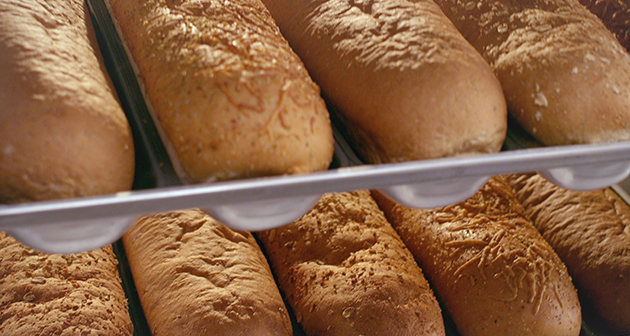
What exactly is “bread,” and who gets to decide? Seems like a rather silly question, right? But the Irish Supreme Court has ruled that the US sandwich food chain Subway does not make their sandwiches with bread — which might be rather strange for many of us to hear. And if they don’t make their sandwiches with bread, what are they made with, and are they even sandwiches?
An article from The Guardian notes that because Subway’s bread contains too much sugar it cannot be defined as a staple food or ‘bread’ according to Ireland’s Value-Added Tax (VAT) Act of 1972 . How much sugar is too much? According to the Supreme Court, Subway’s bread is said to have five times the amount of sugar allowed to qualify as bread.

Drawing on the court decision, The Guardian notes “Ireland’s Value-Added Tax Act of 1972 draws a distinction between staple foods — bread, tea, coffee, cocoa, milk and preparations or extracts of meat or eggs — and more discretionary indulgences such as ice-cream, chocolate, pastries, crisps, popcorn and roasted nuts.” In the end, none of the six varieties of bread served at Subway can be legally defined as bread at all in Ireland. Why does this matter? If the Subway franchisee succeeded in claiming their sandwiches were a staple food made with bread as defined by the courts, the products would be tax-exempt (at least in the case of the VAT).
This example nicely shows how even something as mundane as bread is not a given. Instead, it relies on a continuously policed definition, making this an interesting spot to consider how our social worlds operate. Whether bread is viewed as a “counterfeit” or “real” has consequences, in this case, heavily monetary. Further, and of interest to the work done here at Culture on the Edge, the construction of these definitions helps us understand the unspoken politics at play all around us every day. If the components of a bread recipe can be so controversial as shown in this example, what of the list of ingredients that we use to determine someone’s identity? Characteristics and elements that we consider essential to particular identities are not universally agreed upon but are instead discrete strategies of identification that rely on situationally specific techniques. We might ask, who has the authority to police identity claims when there is not a Supreme Court to pass down a ruling on the issue at hand?
Questioning what constitutes bread, mayonnaise, or milk may seem like a bunch of mental gymnastics, but for me, there is a method to this madness and one that I use in my classroom. Talking about identities can be challenging. It is easy to quickly get protective or defensive. Bias and personal experience can creep into an analysis no matter how objectively critical we think we are. So sometimes, examples that seem rather mundane, trivial, and have less at stake for many of us can be a way to better understand the mechanics of how discourses operate to organize and justify our social worlds.
